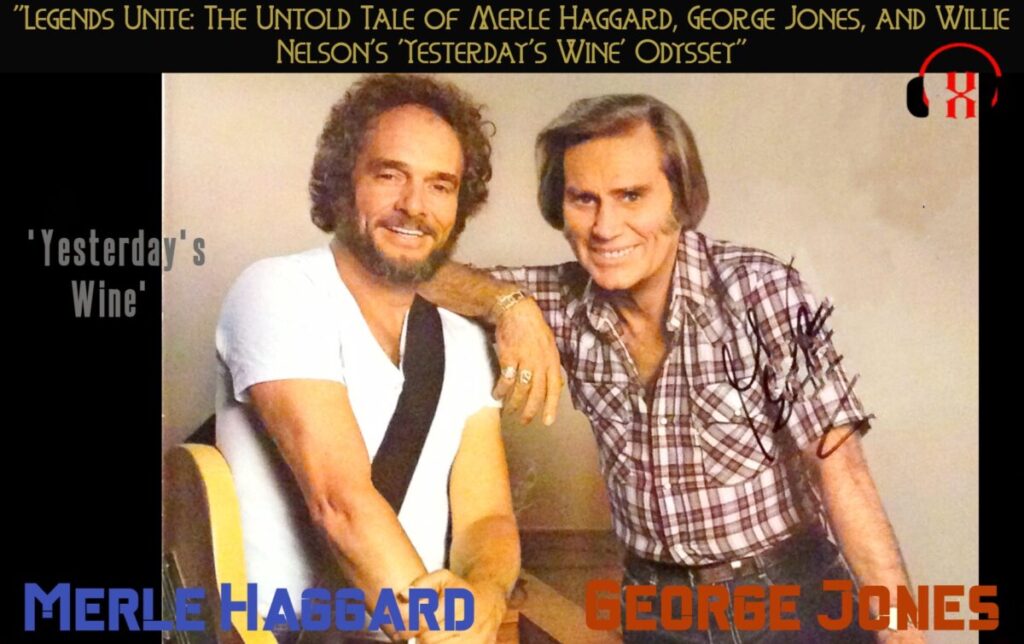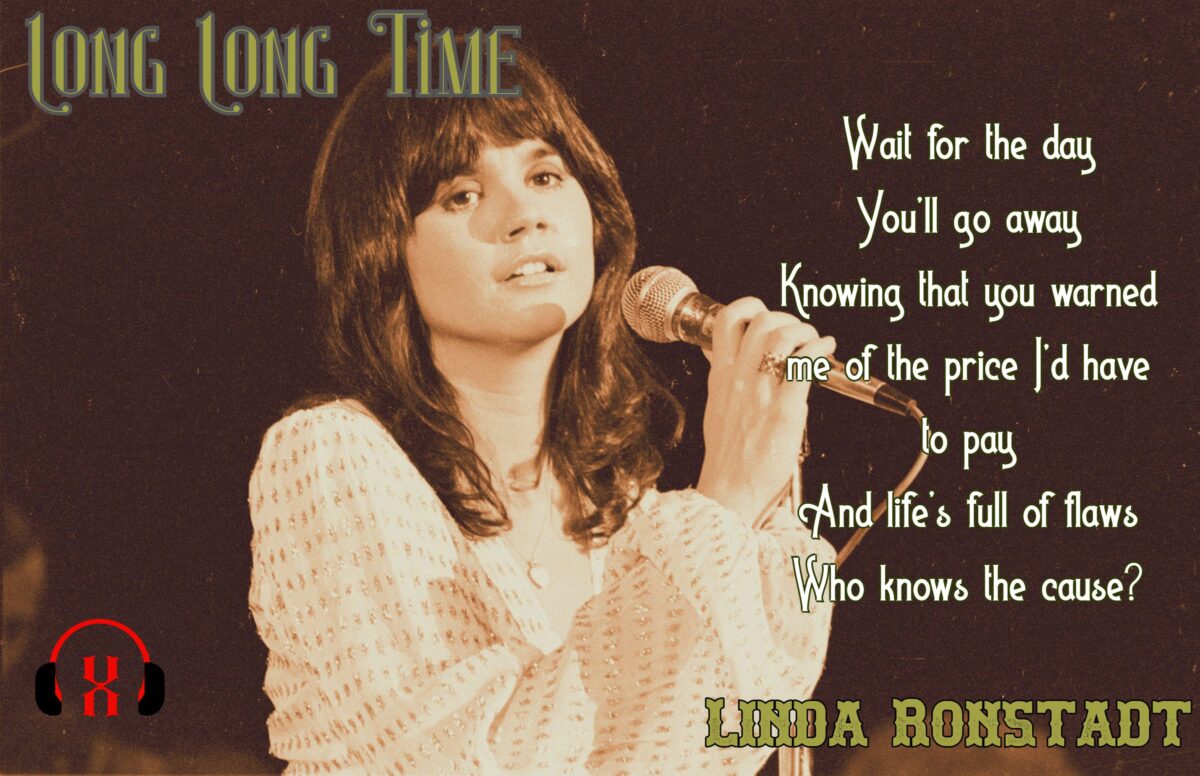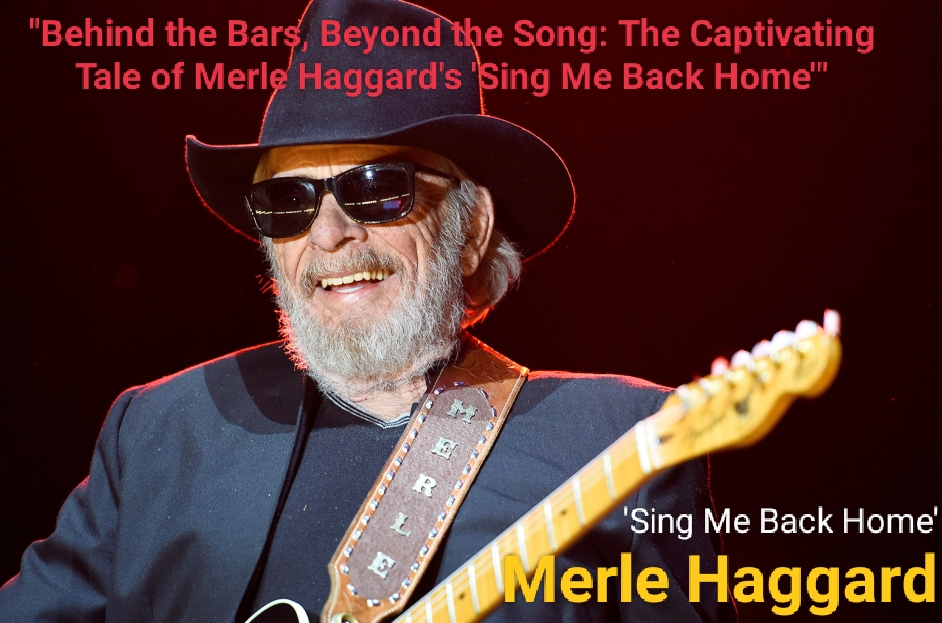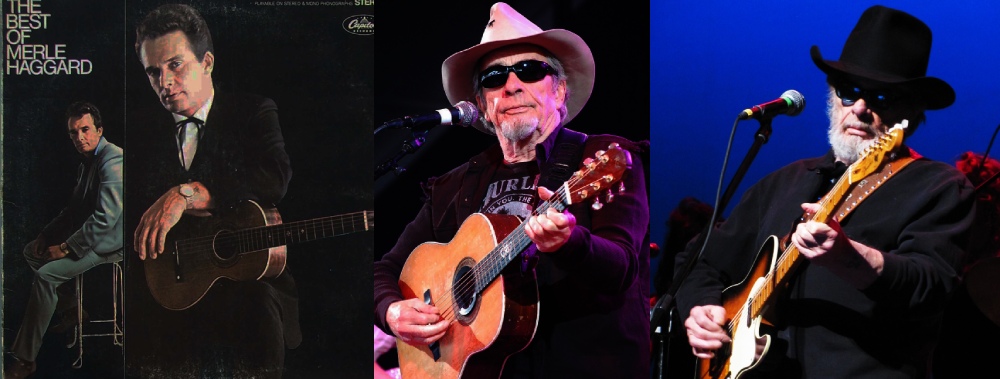![]()
Unveiling the Tale: The Inspirational Journey Behind Merle Haggard’s “Sing Me Back Home”
Merle Haggard, a renowned country artist, holds a captivating story behind his iconic song, “Sing Me Back Home.” Let’s embark on a journey that unveils the remarkable events and personal experiences that shaped this heartfelt composition.
Back in December of 1957, Haggard found himself in an unfortunate predicament. He and his companion, Mickey Gorham, foolishly attempted to break into a California restaurant after hours, unaware that it was still open. Their failed escapade landed Haggard in “The Book of Lists #3” under the chapter titled “19 Stupid Thieves.” Consequently, he was apprehended and served time in the formidable San Quentin prison.
Imprisonment proved to be a turning point in Haggard’s life. While incarcerated, he faced a week of solitary confinement for engaging in moonshine production—a baffling feat considering the restricted resources within the prison walls. Emerging from his isolation cell, Haggard was determined to alter the course of his life. In 1960, upon his release, he embraced music as his legitimate calling.
During his time in San Quentin, Haggard had the opportunity to witness Johnny Cash’s legendary concert performance. Cash, recognizing the significance of Haggard’s prison experiences, encouraged him to openly share his story with the world. Haggard heeded this wise advice, and it became evident in the themes of his first three number one singles. The initial success came with “The Fugitive” (also known as “I’m A Lonesome Fugitive”) on March 4, 1967, followed by his self-penned composition, “Branded Man,” which reached number one on September 2nd of the same year. Haggard continued to explore prison-related themes in his music, leading to the creation of “Sing Me Back Home.”
The essence of “Sing Me Back Home” revolves around a Death Row inmate, awaiting his imminent execution, who yearns for a song that will transport him back to the familiarity of his home. This poignant narrative draws inspiration from a real-life figure known as Jimmy “Rabbit” Hendricks, whom Haggard encountered during his time at San Quentin. Hendricks had escaped and tragically took the life of a police officer, subsequently receiving a death sentence from a San Francisco court.
In a candid interview with Bob Eubanks of Billboard Magazine, Haggard acknowledged the brutality of Hendricks’ crime and his status as an incorrigible criminal. Nevertheless, witnessing the last walk of someone he knew left an indelible mark on Haggard’s soul. The haunting scene of Hendricks being led to his execution, etched in his memory, sparked the concept for “Sing Me Back Home” a few years later, while Haggard was traveling through North Carolina.
Recorded under the expert guidance of seasoned producer Ken Nelson at Capitol Records, “Sing Me Back Home” became another jewel in Haggard’s repertoire. Nelson, a visionary producer with an illustrious career dating back to the late 1940s, played a pivotal role in shaping Haggard’s signature sound. He recognized the potential in Haggard after his independent hit “Strangers” and welcomed him into the Capitol family in 1965.
Nelson, a former vocalist turned producer, possessed an easy-going demeanor in the studio, allowing the artists and musicians to showcase their best talents. He skillfully provided support when needed, always present in the control room, listening attentively. His keen ear detected even the slightest mistakes or out-of-tune notes, leading to refined and polished recordings.
Alongside esteemed producers like Chet Atkins, Owen Bradley, and Don Law, Ken Nelson cemented his status as one of country music’s most influential figures and a pioneer of modern record-making. His remarkable contributions to the genre led to his induction into the Country Music Hall of Fame in 2001.
The story behind Merle Haggard’s “Sing Me Back Home” unveils a journey of personal redemption and the power of music to touch the deepest corners of the human heart. It serves as a testament to the resilience of the human spirit and the transformative potential of artistic expression. Through his remarkable experiences and collaboration with Ken Nelson, Haggard crafted a timeless anthem that continues to resonate with audiences, reminding us of the enduring power of storytelling through song.
Artist: Merle Haggard
Released: 1968
Album: Sing Me Back Home
Lyrics
The warden led a prisoner down the hallway to his doom
I stood up to say goodbye like all the rest
And I heard him tell the warden just before he reached my cell
Let my guitar playing friend, do my request
Let him sing me back home with a song I used to hear
Make my old memories come alive
Take me away and turn back the years
Sing me back home before I die
I recall last Sunday morning a choir from ‘cross the street
Came to sing a few old gospel songs
And I heard him tell the singers
There’s a song my mama sang
Can I hear once before we move along?
Sing me back home, the song my mama sang
Make my old memories come alive
Take me away and turn back the years
Sing me back home before I die
Sing me back home before I die








